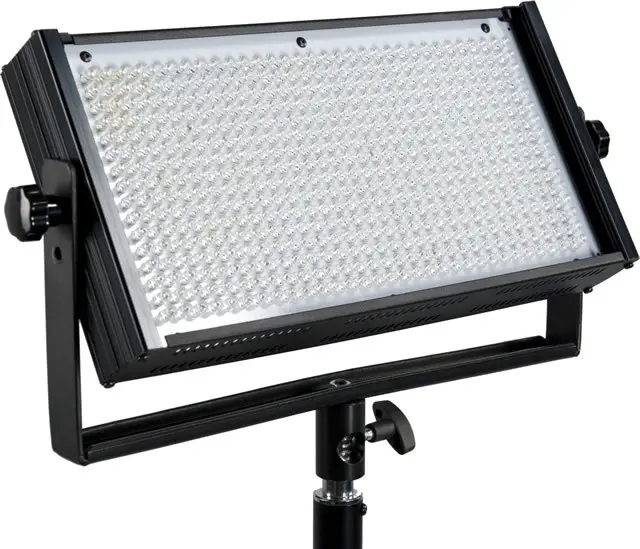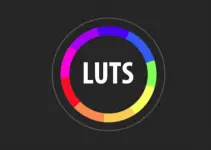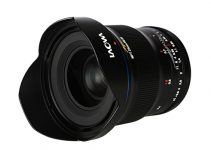LED (light-emitting diode) technology has been advancing by leaps and bounds in the last years offering incredible creative possibilities for filmmakers. The quality of light LEDs emit is enhancing vastly as well turning this technology into more accurate (in terms of colour temperature), reliable and preferred lighting solution for both professionals and enthusiasts alike.
LEDs are not only economical and robust, but they also draw much less power for the equivalent output of the other well-known and widely used conventional tungsten-based light sources that have been around for years. As with everything, however, there is always a trade-off, and we’ll try to summarise the pros and cons of using LEDs in different productions and shooting scenarios on a daily basis.
It’s an interesting fact that approximately 90% of the power consumed by an incandescent light bulb is emitted as heat, rather than as visible light. On the other hand, LED panels will absorb only 10% of their power as heat, and emit the other 90% as usable light output. This is quite beneficial for lighting setups where the light source may be placed anywhere without worrying too much about overheating issues and potential damages.
In general, LED panels are significantly lighter than the standard HMI (Hydrargyrum Medium-arc Iodide), tungsten or fluorescent lamps, can be powered by a battery which makes them very flexible and efficient for transportation as well. The other serious advantage of the LED technology is the extended bulb life. In general, LED Lamps are rated for between 25,000 and 100,000 hours of operation. In comparison, incandescent lamps are typically rate for between 200-2,000 hours.

Other light sources such as the HMI lights, for example, need to be warmed up for some time before they reach optimal operating temperature, they also must be cooled down after use. That might be a problem, especially if you need to move fast to multiple sets and locations. LEDs are instant on and instant off and require a small electronic circuit to operate, plus they always stay cool.
Furthermore, LEDs are solid state components, and they can’t be easily damaged by external shock or by an accidental drop which is another huge advantage, especially on production sets where this type of accidents are not a precedent and may occur occasionally. Plus, I’m not aware of any other lighting source that can be manipulated in such a way:
One of the major drawbacks of the LED lights, however, is that they are not powerful enough, and since the wattage is so low, you need quite a few LEDs to get some decent light output. There are some exceptions such as the TruColor HS from Cineo Lighting, which we covered here. The TruColor HS is quite powerful for a single LED light, but it utilises remote phosphor technology, which is different than conventional LEDs. It’s hard to light an exterior scene, for instance, using LED panels only, where two or three 2.5K ARRI HMIs will be more than enough to entirely illuminate the scene.
LED panels offer a great way to achieve good fill light as they perform more like traditional softboxes that emit diffused soft light. Plus, many of the cheaper solutions on tha market today still need many enhancements in terms of precise color reproduction which is crucial considering professional lighting gear.
Whatever the case may be, LEDs have a real potential to become one of the most reliable and efficient conventional lighting solutions in the filmmaking industry in the near future as the shift is already happening at a rapid pace as we speak. Since the LED technology is overcoming its initial high cost of production along with the great features it provides, there are not many reasons left not to utilize the technology as a viable alternative, if not as a full replacement, of the conventional light sources used in the industry for so many years.
[via Videomaker]
Disclaimer: As an Amazon Associate partner and participant in B&H and Adorama Affiliate programmes, we earn a small comission from each purchase made through the affiliate links listed above at no additional cost to you.



